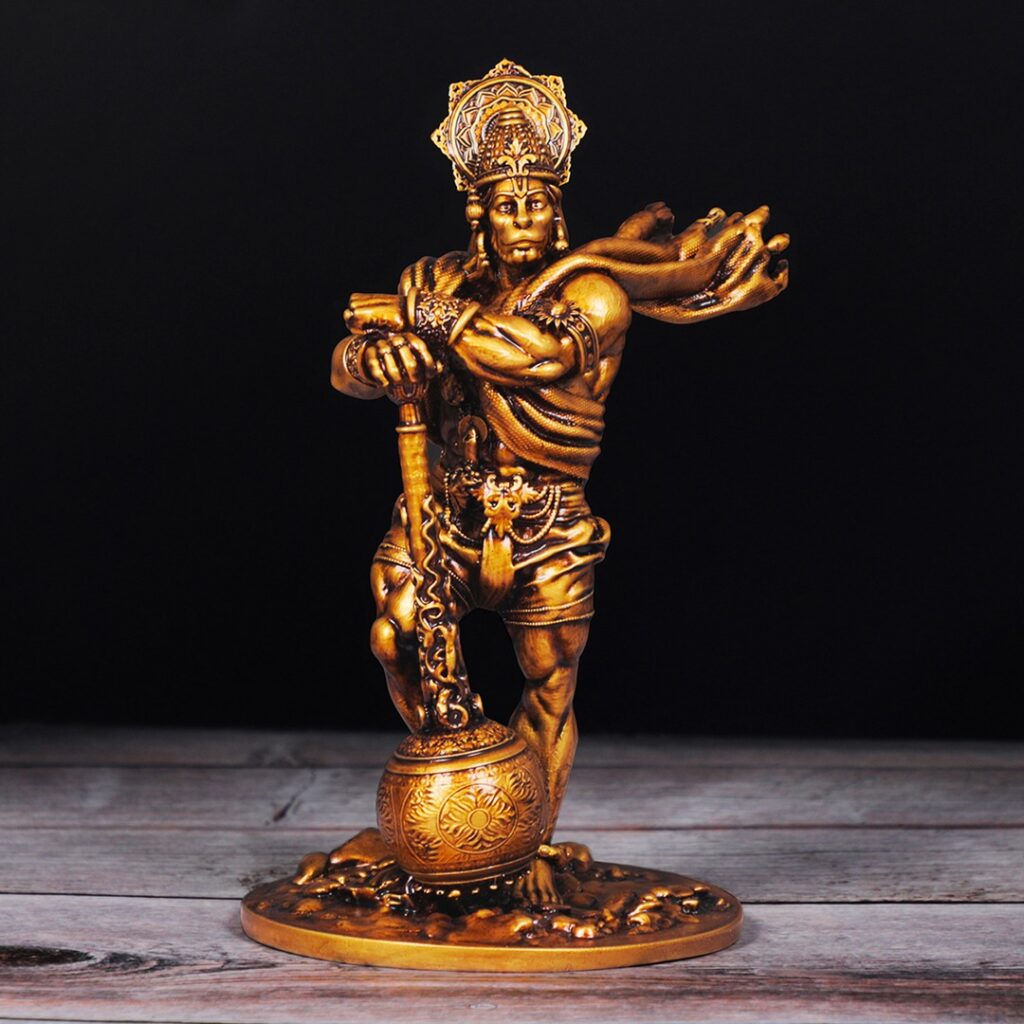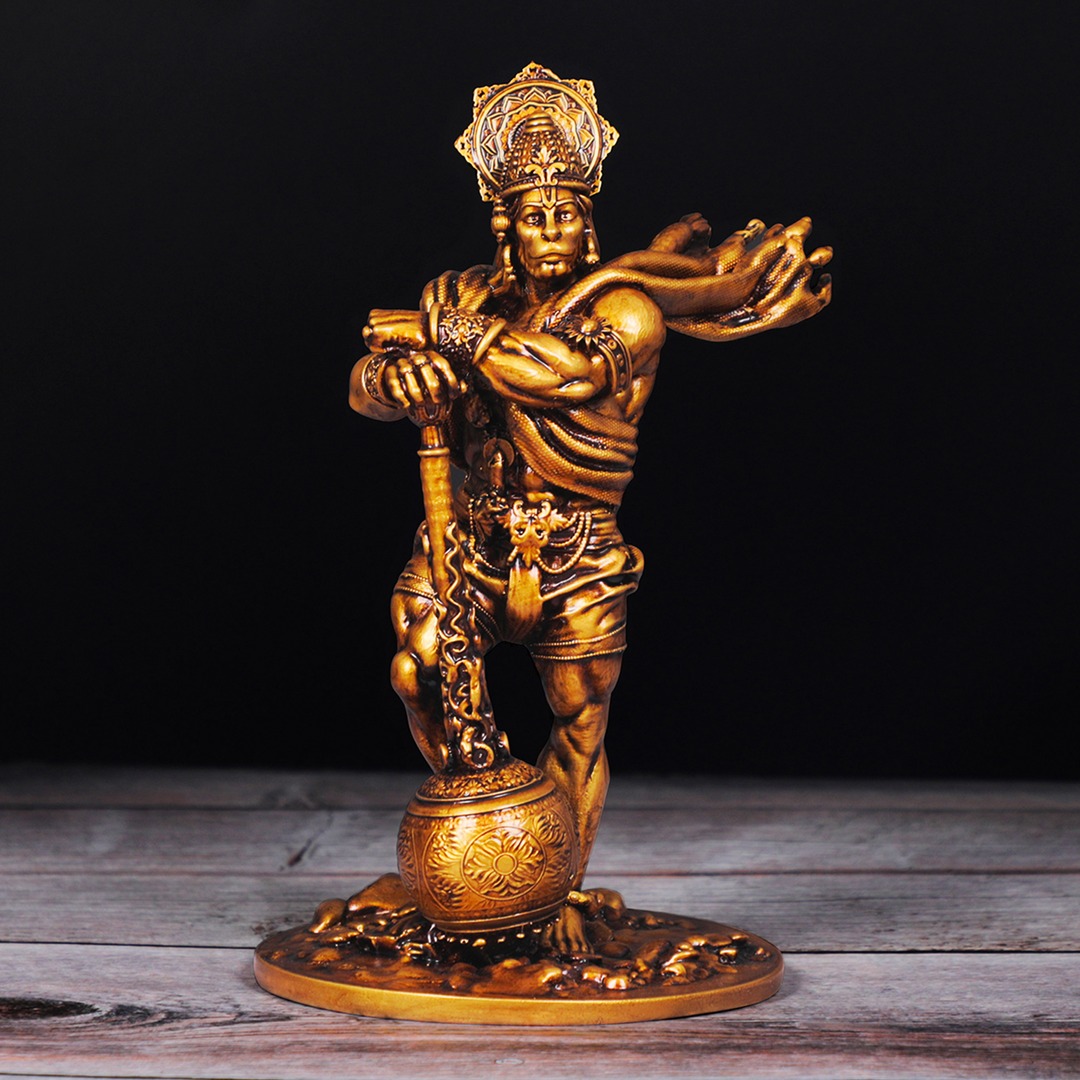Introduction:
Standing tall and majestic, the Bahubali statue commands attention with its serene demeanor and towering presence. Carved with precision and devotion, the Bahubali statue encapsulates the essence of spiritual grandeur and cultural significance. In this blog post, we embark on a journey to explore the awe-inspiring beauty, historical roots, and cultural relevance of the Bahubali statue.
Introduction to Bahubali:
Bahubali, also known as Gomateshwara, was a revered figure in Jainism, renowned for his pursuit of spiritual enlightenment. The Bahubali statue serves as a visual representation of his ascetic life and unwavering dedication to attaining liberation. This colossal structure is a testament to the profound impact of Jain philosophy on art and culture.
Historical Roots of the Bahubali Statue:
The roots of the Bahubali statue trace back to ancient times, with the earliest known representation found in the monolithic statue of Bahubali at Shravanabelagola in Karnataka, India. Dating back to the 10th century, this statue stands at an astonishing height of 57 feet, making it one of the tallest free-standing statues in the world.
Shravanabelagola – The Epitome of Devotion:
The town of Shravanabelagola, nestled amidst picturesque hills, holds deep historical and spiritual significance. Home to the monolithic Bahubali statue, this sacred site is a destination for pilgrims and tourists alike. The statue, carved from a single granite rock, exudes a sense of tranquility, inviting visitors to contemplate the profound teachings of Bahubali.
Symbolism in the Bahubali Statue:
The Bahubali statue is laden with symbolic significance. The towering height symbolizes spiritual elevation and renunciation of worldly attachments. Bahubali’s eyes, half-closed in deep meditation, convey a sense of inner reflection and detachment. The lack of clothing signifies complete renunciation, while the creepers and ant hills at his feet emphasize the passage of time and the transient nature of existence.
An Architectural Marvel:
Beyond its spiritual symbolism, the Bahubali statue is a marvel of ancient Indian architecture. The intricacies of carving, especially in the depiction of the monastic attire and facial expressions, showcase the artistic prowess of the craftsmen of that era. The sheer scale and detail of the statue reflect the dedication and skill of the artisans who brought this monumental vision to life.
Rituals and Festivals:
Shravanabelagola comes alive during the grand Mahamastakabhisheka festival, which takes place once every twelve years. During this event, the Bahubali statue is anointed with a mixture of milk, saffron, and other auspicious substances, symbolizing the purification of the soul. Pilgrims from across the globe gather to witness this sacred ritual, contributing to the vibrant cultural tapestry of the region.
Bahubali Statues Beyond Shravanabelagola:
While Shravanabelagola boasts the most famous Bahubali statue, smaller versions can be found in various Jain temples and cultural centers around the world. These replicas serve as a reminder of Bahubali’s teachings and the principles of Jainism, spreading the message of non-violence, truth, and asceticism.
Global Recognition and Influence:
The Bahubali statue has garnered international acclaim, drawing attention not only for its religious significance but also for its architectural brilliance. Scholars, art enthusiasts, and tourists from diverse backgrounds visit Shravanabelagola to witness this cultural treasure, reinforcing the global appeal of Jain art and philosophy.
Restoration Efforts and Preservation:
Over the centuries, the Bahubali statue has weathered the ravages of time. In recent years, efforts have been made to preserve and restore this cultural icon. Conservation initiatives aim to protect the statue from environmental factors and ensure that future generations can continue to marvel at its splendor.

Bahubali in Contemporary Culture:
Beyond its historical and religious context, the Bahubali statue has found its way into contemporary culture. Its imposing presence has inspired artists, filmmakers, and writers to explore themes of spirituality Bahubali Statue, sacrifice, and self-realization. The statue’s silhouette against the sky has become a symbol of timeless wisdom and serenity.
Conclusion:
In conclusion, the Bahubali statue stands as a beacon of spiritual grandeur, inviting individuals to contemplate the profound teachings of Jainism and the legacy of Bahubali. Its historical roots, cultural symbolism, architectural brilliance, and global recognition make it a testament to the enduring impact of ancient Indian philosophy on art and culture.

